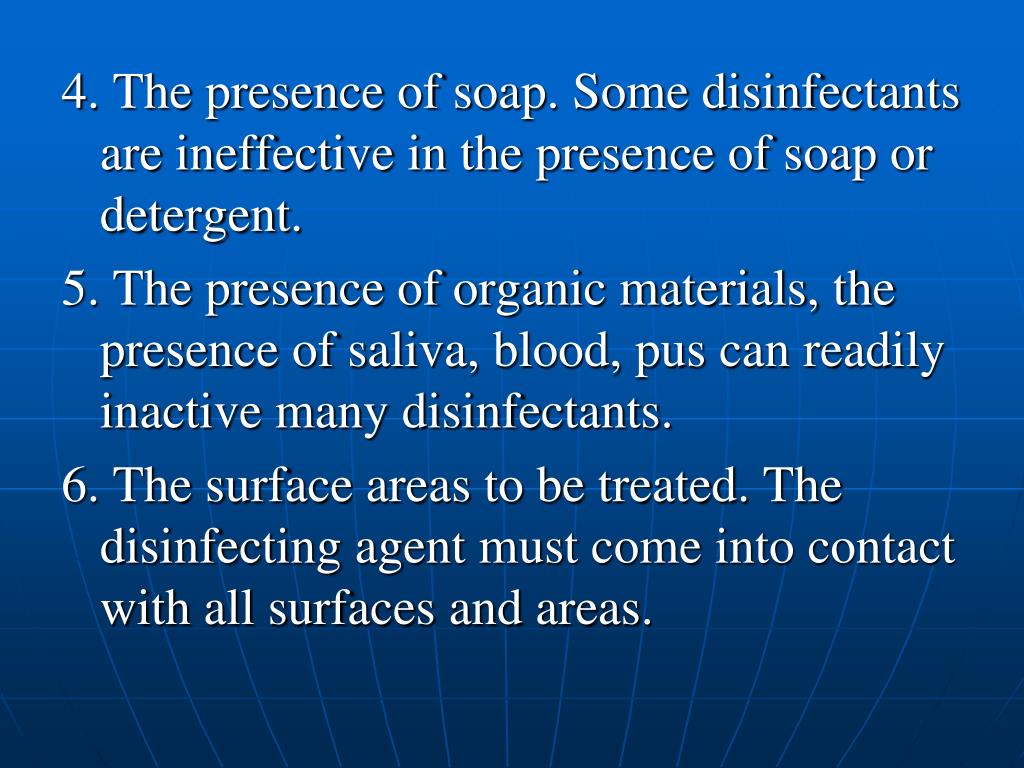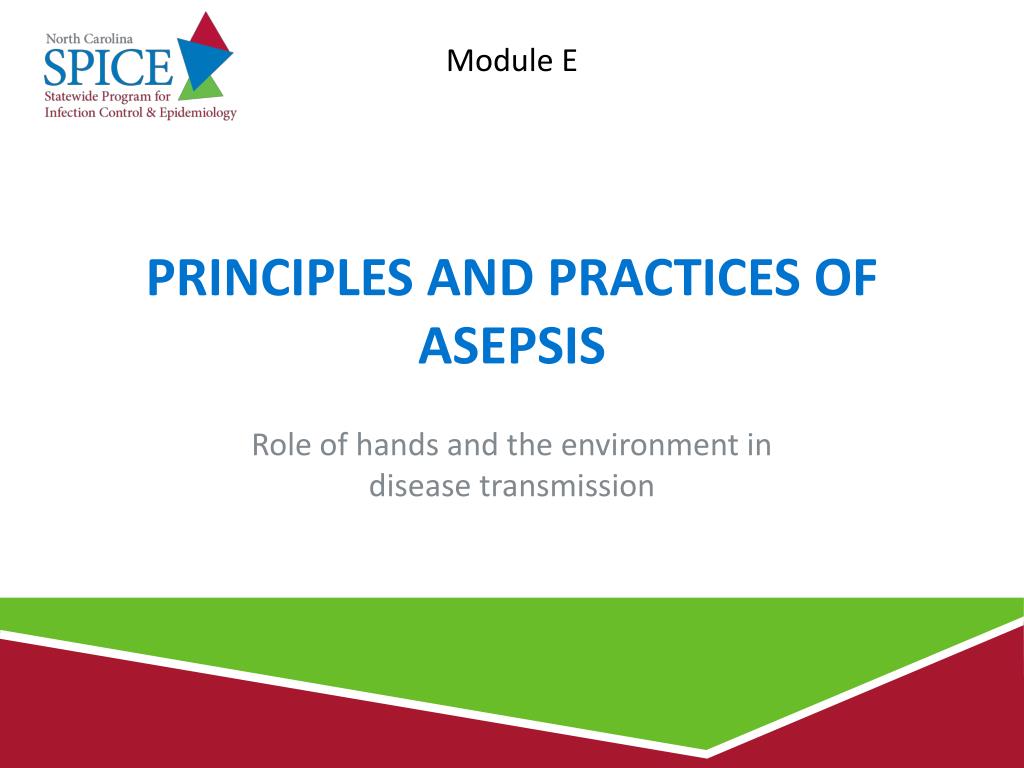
It was not until the 1960s that the first commercially available pre-sterilized gloves were manufactured by the Ansell Company. Autoclaves were also used to disinfect the gloves and gowns. tubes used to drain urine from the bladder. It became clear that disinfecting the gloves in this way and adhering to aseptic techniques in the operating theatre was a superior method. inject substances into the body, or to enter normally sterile body cavities, should be sterile. In 1890 William Stewart Halstead requested that the Goodyear Rubber Company make a pair of thin rubber gloves, initially with the intention that they protect his hands an those of his nurses from the caustic effects of the phenol disinfectant that was still being used. Surgical asepsis Surgical asepsis or sterile technique It is defined as the complete removal of microorganisms and their spores from the surface of an object. In the later decades of the 19 th and early 20 th centuries, sterilized surgical gowns and gloves became more commonplace. The most important aspect of sepsis management is recognizing it’s presence and acting quickly. Discuss two antibiotic resistant bacteria. Performing these correct steps can literally mean the difference between life and death. Name four infectious agents (microbes) and discuss the diseases they cause. They also began to realize the downsides to the use of disinfectants, including the fact that they were highly poisonous, and their entry into a wound was often severely damaging. Because of this it is important to kn ow the steps to take in sepsis management. The basic premise to remember is the following phrase: Its not necessarily what product you use but how you are using it. This led the medical community to stop relying solely on antiseptic techniques and emphasize asepsis as well. Robert Koch, through his work with anthrax and tuberculosis, demonstrated that particular diseases were the result of the presence of specific microorganisms within the body, and so strongly reinforced the work of Louis Pasteur and the idea of asepsis. Although this was effective, he failed to recognise the importance of asepsis at the time. He would sterilize the operating theatre and surgical tools with phenol, and even soak bandages in the substance before dressing wounds. Antisepsis or asepsis?Īntiseptic surgery was largely pioneered by Joseph Lister in the 1860s, when he used phenol (known at the time as carbolic acid) as a disinfectant. Principles of asepsis 1: the rationale for using aseptic technique Nursing Times EMAP Publishing Limited Company number 7880758 (England & Wales) Registered address: 10th Floor, Southern House, Wellesley Grove, Croydon, CR0 1XG We use cookies to personalize and improve your experience on our site. It was found that a majority of deaths at these hospitals were entirely preventable through aseptic techniques, and the changes she implemented saved many lives during this period. Similarly, having noted the poor condition of hospitals where soldiers were placed during the Crimean war, Florence Nightingale collected extensive data regarding the number and cause of death of these soldiers over a two year period. The number of deaths due to infection on these maternity wards dropped dramatically following the implementation of this rule. He introduced hand washing procedures on these wards. In the 1840s, the Hungarian surgeon Ignaz Semmelweis noted that on maternity wards where doctors who also worked in other areas of the hospital were present, the mortality rates were significantly higher than on those wards that were operated by midwives only. ANTT includes four underlying principles to keep in mind while performing invasive procedures: Always wash hands effectively. Explain the main principles of surgical asepsis. Host immune system forms small lesions in the intestines in response to bacterial infection Having a solid understanding and employing the principles of aseptic.

Keep operating room (OR) traffic to a minimum, and keep doors closed. Refrain from reaching over the sterile field.


Maintain a safe space or margin of safety between sterile and non-sterile objects and areas. All items brought into contact with broken skin, or used to penetrate inject substances into the body, or to enter normally sterile body cavities, should be.

#Underlying principles of asepsis trial
First clinical trial of GABA/GAD focused exclusively on children with recent onset Type 1 diabetes Principle of Surgical Asepsis Principles Always face the sterile field.\) for an outline of infection control measures when performing a procedure. Several principles are used to guide transport of patients requiring transmission-based precautions.


 0 kommentar(er)
0 kommentar(er)
